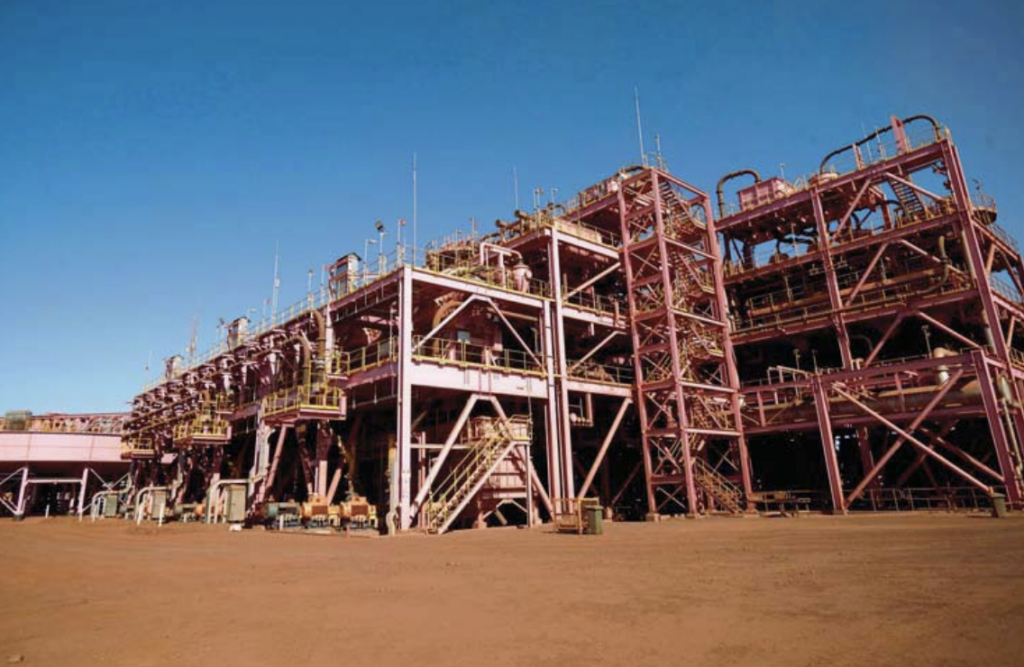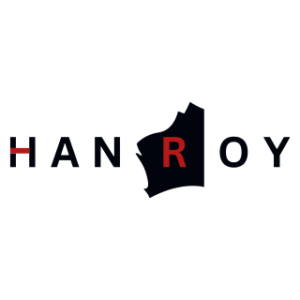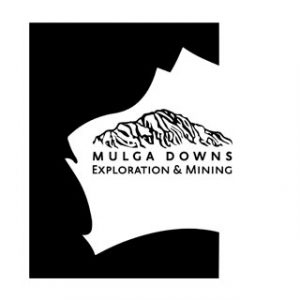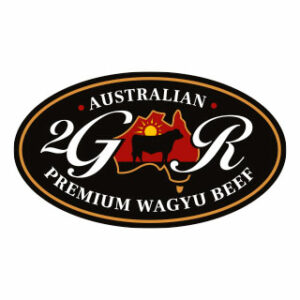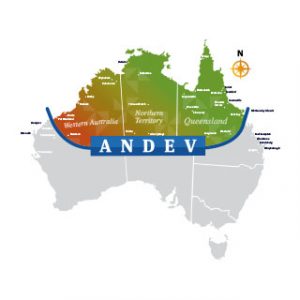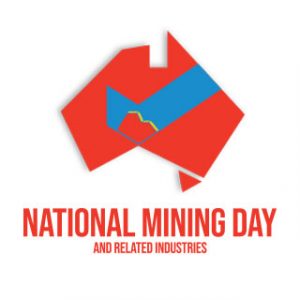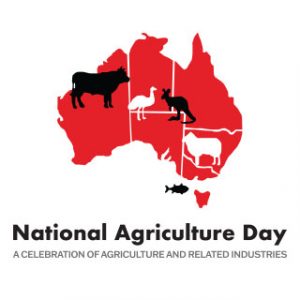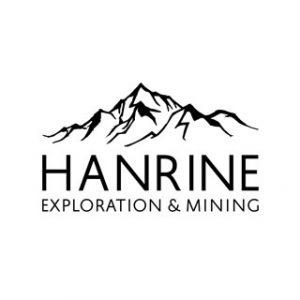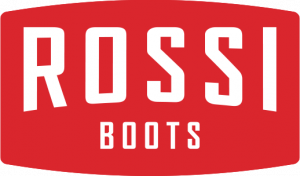
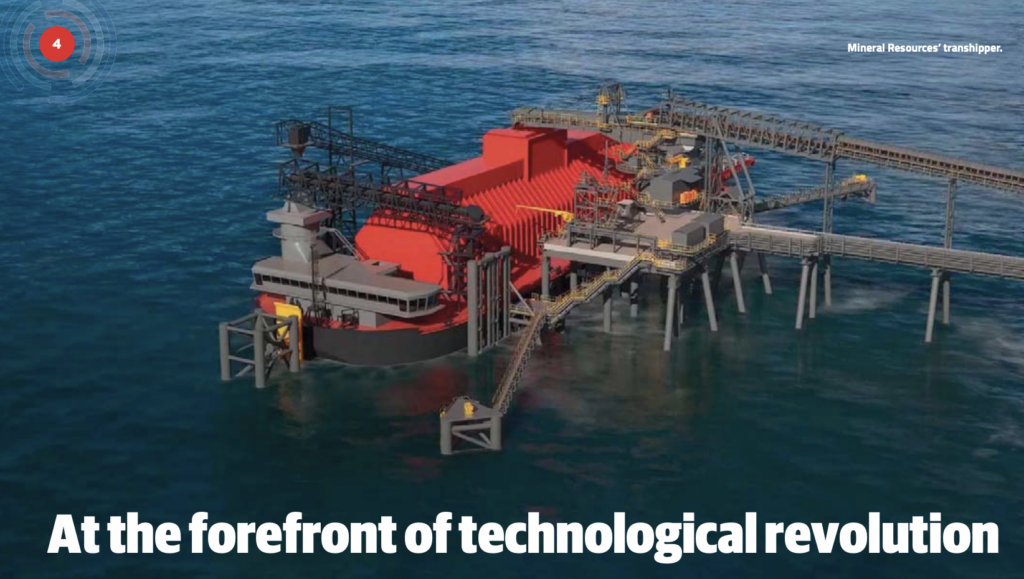
Article by Annie Mills courtesy of the West Australian.
Mining technology has come a long way since the days of the pickaxe, and nowhere is that more evident than in the advanced technology currently being designed and employed by Western Australia’s mining giants.
From autonomous vehicles and artificial intelligence to safer and more efficient mining equipment, advancements in resources technology are essential to progress in the field.
Hancock Prospecting Group Operations CEO Gerhard Veldsman said from day one Roy Hill Executive Chairman Gina Rinehart had encouraged a culture of innovative thinking and the use of leading technologies across the miner’s iron ore operation.
“Roy Hill is powered by smart people, using data-driven insights with integrated technology and systems to ensure safer operations, higher productivity and predictable execution,” he said.
“Not only are we helping to develop and integrate advanced technologies and capabilities that keep our people safe but we are also making our business more efficient, and demonstrating Roy Hill’s progressive and forward-thinking approach.
“It’s not just about the automation of equipment, it is also about adapting the way we work so that we are constantly encouraged to think of new and improved ways to help advance our world-class operation and make better decisions.” Rio Tinto Iron Ore Chief Executive Simon Trott said it was essential for mining and resources companies to ride the wave of new technology and constantly improve their operations.
“Every day at Rio Tinto, we are working to find better ways to provide the materials the world needs,” he said.
“Our iron ore operations in the Pilbara are among the most technologically advanced in the world and, for more than a decade, we have used automation to enhance safety and efficiency across our business.” As a diversified resources company, the new technology and programs seen at Mineral Resources are driving innovation, clean energy and the wellbeing of workers.
“It’s in Mineral Resources’ DNA to aim higher, push the boundaries and forge new paths,” Mineral Resources Corporate Affairs Executive General Manager Tim Picton said.
“Our innovations will drive lower emissions, improve operational efficiency and set a new industry standard to support the wellbeing of our people.
“Our people are empowered to challenge the status quo and explore new ideas.
“Our innovations include jumbo 330-tonne road trains, carbon fibre vibrating screens for our crushing plants, which last longer than steel, and NextGen 2 crushing and screening plants that produce less dust and noise.” Much of the new technology across the mining sphere has been aiding workers, making their jobs safer and easier but, at Mineral Resources, a special focus has been put on using sophisticated programs and technology to ensure its workers are comfortable and happy, including the Onslow Iron workers accommodation at its remote sites.
“We plan to revolutionise workforce wellbeing at our remote sites,” Mr Picton said.
“Onslow Iron will feature two resort-style villages, with rooms three times larger than traditional fly-in, fly-out accommodation, an Olympic-sized swimming pool, a fitness centre and a restaurant.
“Our aim is to create a home-away-from-home experience.” Taking Rio Tinto’s operations to the next level is one of the largest robots in the world the fully autonomous heavy-haul, long-distance railway system AutoHaul.
“AutoHaul transports iron ore to our ports and improves safety by reducing risk at level crossings, as well as through its automated responses to speed restrictions and alarms,” Mr Trott said.
“It also eliminates the need to transport drivers to and from trains mid-journey, saving almost 1.5 million kilometres of road travel each year which is a safety risk.
“In addition, our newest Pilbara mine GudaiDarri is our most technologically advanced mine yet, using a combination of data and analytics, artificial intelligence, machine learning and automation.
“At Gudai-Darri we use a CaterpillarR fleet, including autonomous trucks, production drills and in a world first autonomous water trucks.” With automation becoming ingrained at minesites across Australia, Roy Hill is always looking for new technology to implement, as well as ways to improve and update its current systems.
Leading the way with a new autonomous haulage system, innovative technology at its sites also includes the Argus security robot a wet high-intensity magnetic separator plant and even a digital replica of its orebody.
“Roy Hill’s expansion of its autonomous haul truck fleet will see it become the world’s largest single autonomous mine,” Mr Veldsman said.
“The technology that has been developed is a game changer for the industry because, unlike other mining companies who have trialled automation, Roy Hill and its partners have broken new ground by utilising an innovative solution, which can convert any make or model of truck without being locked into an original equipment manufacturer solution.
“Enabling multiple truck or vehicle types to be involved is a first in the Australian mining industry and our autonomous hauling system is one of the first in the world.” However, in recent years, the industry’s focus has gone further than just technology that promotes safety and efficiency.
Relying so deeply on our planet’s resources, it’s no surprise that mining groups want to protect Earth by developing and using technology that is ecologically friendly.
Supporting the world’s transition to a clean and renewable future, Mineral Resources is striving to incorporate electric vehicles on its minesites.
This includes the jumbo autonomous road trains currently in development for its Pilbara site, which the company plans to transition to full electric.
“A solar array and battery system is also being installed at the Wonmunna Iron Ore Project in the Pilbara, which will provide 30 per cent of the site’s energy requirements,” Mr Picton said.
“Additionally Mineral Resources supports the world’s transition to a clean, renewable future by producing the lithium battery chemicals the world needs to decarbonise.
“These investments are a demonstration of our commitment to achieve net zero by 2050.
At Rio Tinto, this drive for a cleaner future has led to the mining giant considering every aspect of its supply and production chain so that each and every step is greener.
“At Rio Tinto, we are partnering with the world’s brightest minds to assist in our transition to a net-zero future for our operations, for our supply chain and for the world,” Mr Trott said.
“This includes fast-tracking the development of zero-emission haulage and progressing innovative technology to help decarbonise the steel value chain.
“We’ve developed a new technology BioIron to deliver low-carbon steel, using sustainable biomass in place of coking coal in the steelmaking process in a potentially cost-effective option to cut industry carbon emissions.” Roy Hill, as the first Pilbara miner to purchase the world’s first completely battery-powered locomotive to transport iron ore, is always looking for ways to improve its minesites.
“Our first battery electric locomotive is due to arrive in Port Hedland at the end of the year, ready for introduction to our 344km rail network,” Mr Veldsman said.
“In what is set to be a generational shift for the mining industry, the battery electric locomotive is the most advanced locomotive in the world.
“It has been designed to function in the extreme heat of the Pilbara, with enough horsepower to pull loaded wagons with 35,000 tonnes of iron ore.” With so much innovation and new technology, the mining industry is a constantly shifting workplace, however Mr Veldsman said that’s what made it so great.
“The mining industry in Australia plays a significant role in advancing technology both in Australia and in mining overseas, making our industry an exciting place to work,” he said.
Mr Trott agreed, saying that technological developments are central to the mining industry.
“Technology has always been at the forefront of mining in the Pilbara and the region is fast becoming the Silicon Valley of the global mining industry,” he said.
“Technology has always been at the forefront of mining in the Pilbara and the region is fast becoming the Silicon Valley of the global mining industry.” Rio Tinto Iron Ore Chief Executive Simon Trott.
